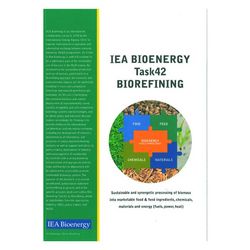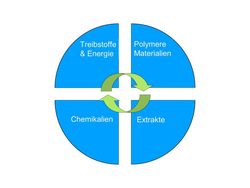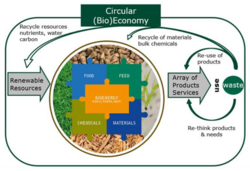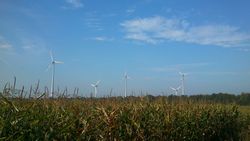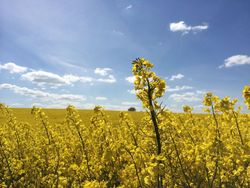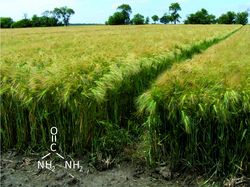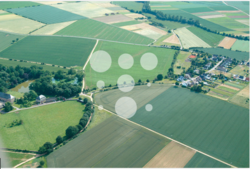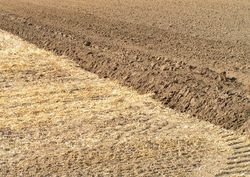Sustainability Assessment and Life Cycle Assessment
What is to be sustainably maintained, for whom, where, and for how long? The answer to this question is context specific and depends on the spatial and temporal context as well as the cultural values where we are working.
What is to be sustainably maintained, for whom, where, and for how long? The answer to this question is context specific and depends on the spatial and temporal context as well as the cultural values where we are working.
The Brundtland report entitled, “Our Common Future", was published in 1987 by the United Nations World Commission on Environment and Development (WCED). The publication of the Brundtland report is considered to be the beginning of the global discourse on sustainability and sustainable development.
- Sustainable development is development that meets the needs of the present without compromising the ability of future generations to meet their own needs.
- In essence, sustainable development is a process of change in which the exploitation of resources, the direction of investments, the orientation of technological development; and institutional change are all in harmony and enhance both current and future potential to meet human needs and aspirations.
Due to the multi-dimensionality of sustainability and sustainable development, there are a variety of methods that can be used to quantify and evaluate sustainability. These assessment methods are based on different theoretical or conceptual approaches. Some valuations cover all sustainability dimensions, while others can combined to form a sustainability rating scheme. Guidelines, standards and certification procedures help ensure a common basis for the evaluation of bio-based systems. We cooperate with partners worldwide and participate in the development of standards and industry guidelines.
Life Cycle Assessment (LCA)
LCAs are frequently part of the sustainability assessment. LCA is a holistic technique used to evaluate the environmental impacts of a product’s life cycle, and well as to identify the stages of product’s life cycle with the most significant impacts. Results from a LCA can be used to integrate environmentally friendly design into products development and manufacturing and into industrial processes. We conduct regional-specific LCAs to evaluate the cultivation of renewable raw materials and conduct attributional LCAs of biotechnological/biochemical and chemical-catalytic processes and derived products. We use LCA in order to integrate environmental aspects at an early stage in the development of manufacturing processes and products.

![[Translate to English:] [Translate to English:]](/media/_processed_/3/6/csm_Hintergrund-Ausschnitt1_9daaef6b89.jpeg)
![[Translate to English:] [Translate to English:]](/media/_processed_/3/6/csm_Hintergrund-Ausschnitt1_0bd7111163.jpeg)

